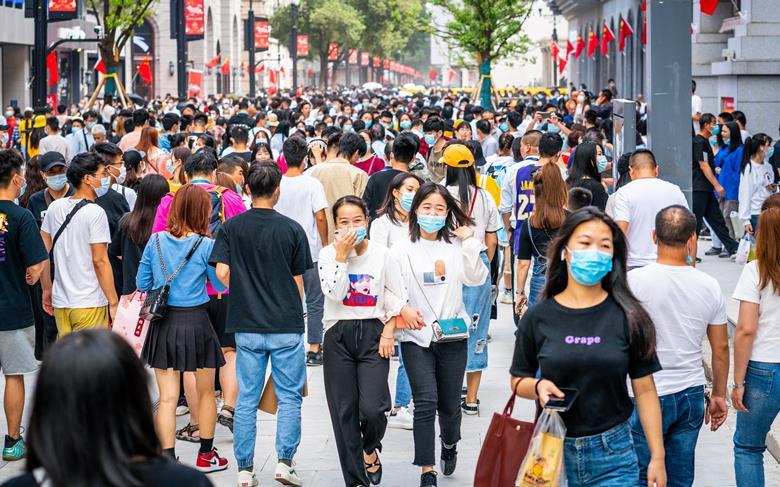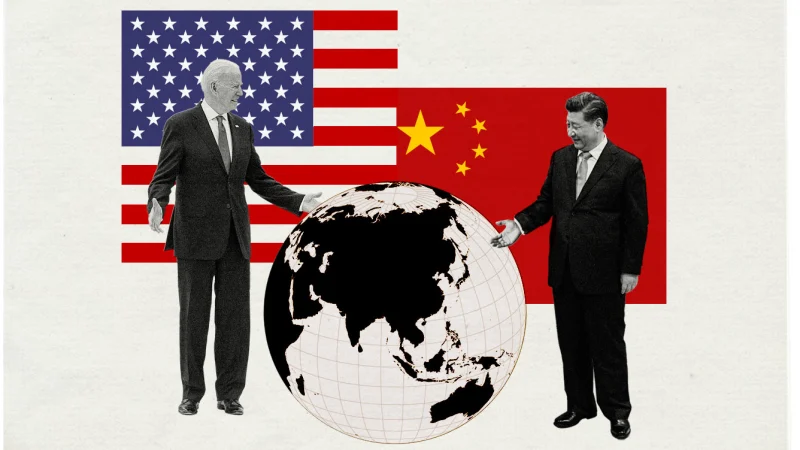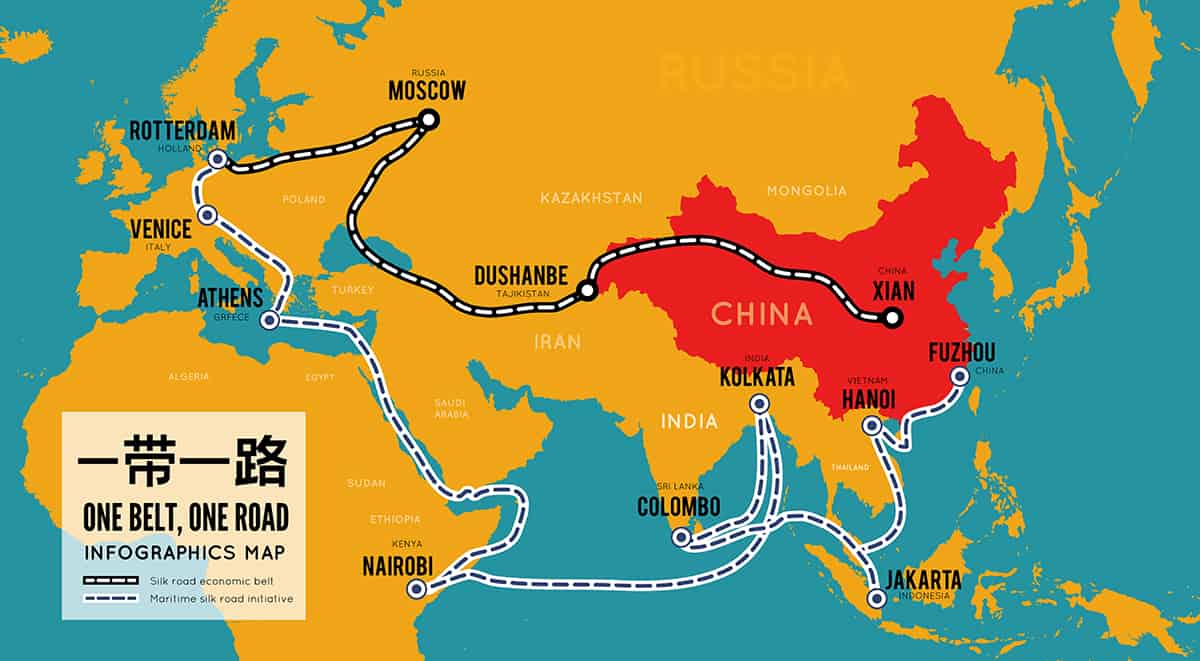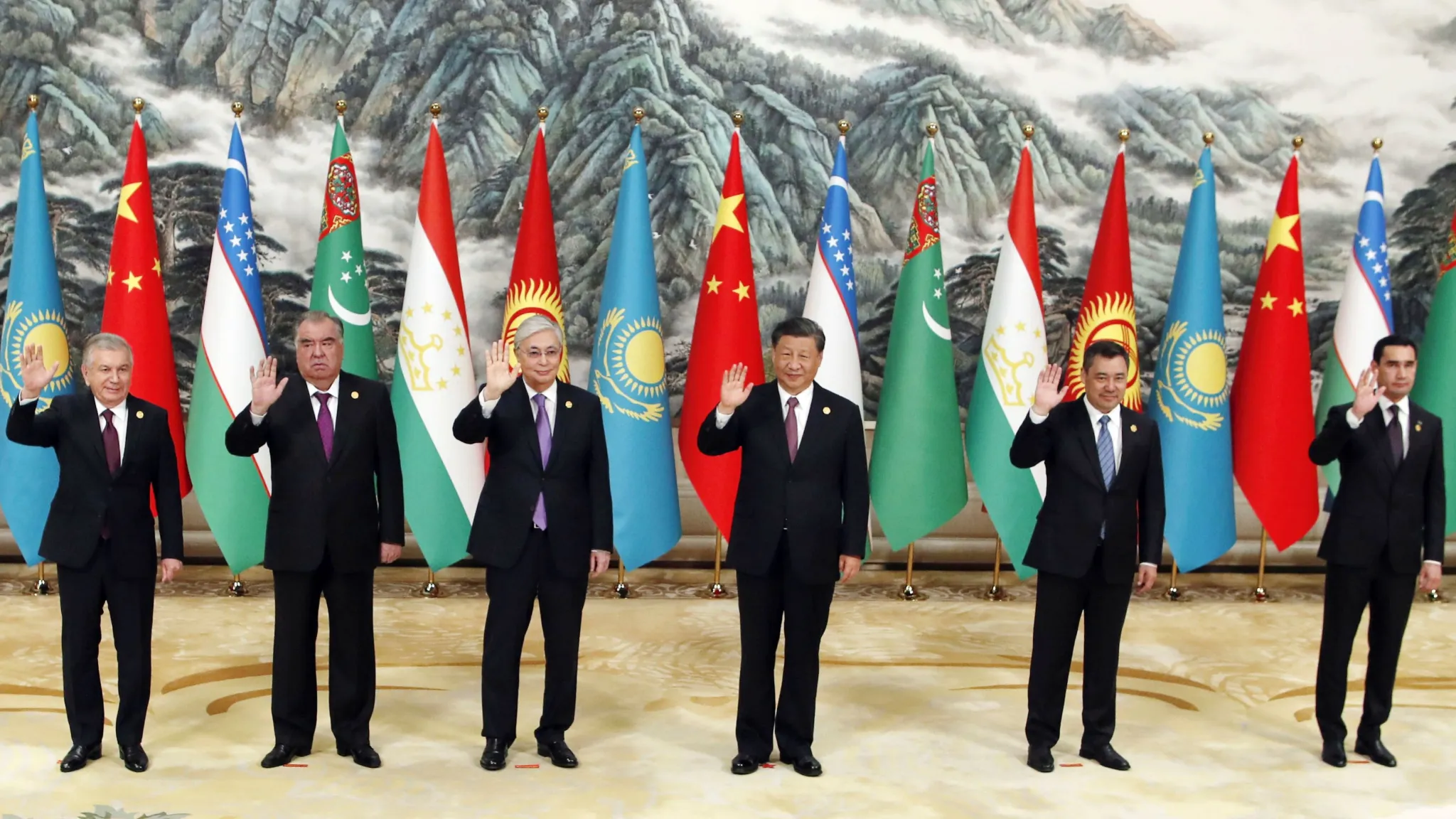China’s economic evolution and implications for Central Asia
China’s economic trajectory is marked by several decades of transformation, characterized by complex economic reforms and strategic policies. From an agrarian society, China has evolved into one of the world’s leading economies, largely through industrialization, export-led growth, and substantial infrastructure investments. However, today, the Chinese economy faces significant changes, primarily driven by geopolitical tensions, post-pandemic recovery, and internal structural reforms.
Islam Supyaldiyarov, a foreign policy analyst and senior lecturer at Suleyman Demiral University, recently conducted an in-depth research study on the economic evolution of China and its broader implications for Central Asia. His findings highlight the intricate and multifaceted journey of China’s economy from its agrarian roots to its current status as a global economic leader. Despite facing contemporary challenges, China’s economic transformation continues to influence regional dynamics significantly.
The post-pandemic period has been particularly challenging for China. Although the country has shown stable economic growth it is not comparable to the double-digit growth rates of the 2000s. According to Supyaldiyarov’s research by the end of 2024 China’s economy is expected to grow by 4.8%, continuing a trend of moderate growth following the disruptions caused by the pandemic. The inflation rate is forecast at 1.1% in 2024 and 1.5% in 2025 indicating relatively stable domestic consumption.

One of the key factors determining China’s current economic situation is post-COVID rehabilitation states Supyaldiyarov. The Chinese economy is recovering from the pandemic, showing strong growth. In 2022 the economic growth rate was 3% amounting to 121 trillion yuan. By 2023 this figure had risen to 5.2%, reaching 126 trillion yuan. The government’s target for the end of 2024 is 5%. This growth has been largely driven by the lifting of coronavirus restrictions which spurred a boom in consumer and industrial activity.
Structural changes within the Chinese economy also play a crucial role. The government is gradually shifting from a traditional model of economic growth reliant on manufacturing, exports and infrastructure investment to a more sustainable model focused on innovation and services. This shift aims to stimulate domestic demand and promote technological innovation. By increasing household incomes, optimizing supply chains, reducing income inequality and improving social protection systems, the government seeks to bolster domestic consumption. Initiatives like Made in China 2025 aim to modernize the manufacturing sector with advanced technologies, reducing dependence on foreign technologies. Additionally, significant investments in high-tech industries such as artificial intelligence and biotechnology are intended to move China up the value chain and reduce its reliance on foreign technology.

Trade diversification is another strategic response to ongoing geopolitical tensions particularly with the United States. China is working to minimize its economic dependence on Western partners by diversifying trade routes and expanding economic relations with countries in Central Asia, Africa and Latin America. Initiatives like the Belt and Road Initiative (BRI) are central to these efforts, connecting new markets with China and providing new investment opportunities. This approach also aims to strengthen China’s self-sufficiency through the dual circulation strategy which promotes domestic demand while maintaining export competitiveness. This strategy is a response to Western sanctions and aims to achieve greater independence in strategic economic sectors, improve social security and stimulate local consumption through rural revitalization and agricultural modernization.
A complex mix of other factors also influences China’s economic trajectory as denoted by Supyaldiyarov’s research findings. The government’s focus on sustainable development, green economy initiatives, capital market liberalization and other financial and market reforms are central to China’s long-term economic planning. Environmental sustainability is a major focus with significant investments in renewable energy sources as China aims to achieve carbon neutrality by 2060. Financial reforms including changes in financial supervision and the restructuring of local government debt aim to ensure financial stability. China is also working to internationalize the yuan and attract foreign investment for deeper integration into the global financial system.

Externally, geopolitical dynamics play a significant role in shaping China’s economic development. The intense interaction between China and the United States marked by economic sanctions, trade disputes and competition in high technology significantly impacts China’s economy. The results of the 2024 presidential elections in Taiwan and the United States will be crucial for Chinese foreign policy in the coming years as stated by Supyaldiyarov. Global trade and supply chains are also critical. China’s economic presence in Asia, Central Asia and Europe has grown significantly since the launch of the BRI which has improved transport networks and energy pipelines integrating China deeply into global supply chains. However, slowdowns in major economies like the US and EU could reduce demand for Chinese exports affecting its economic growth.
Internally China’s 14th Five-Year Plan (2021-2025) marks a significant shift towards innovation-led growth, greener development and self-reliance in technology. The plan aims to reform the innovation system, increase investment in research and development and achieve carbon neutrality by 2060. Demographic challenges such as an aging population and declining fertility pose long-term challenges to sustainable economic growth. The government is considering proposals to gradually increase the retirement age and improve social security systems to address these issues.
The Asian Development Bank forecasts China’s GDP growth to stabilize at around 4.8% by the end of 2024 reflecting moderate but steady economic growth. This aligns with the government’s realistic growth targets and the country’s transition to a more sustainable and self-reliant economic model. Future economic growth is likely to be driven by advances in high-tech industries with significant government investments in research and development.

For Central Asia, China’s economic evolution presents both opportunities and risks. As a key part of the BRI, Central Asia stands to benefit from increased trade and investment flows from China. Investments in sectors like energy, mining, agriculture, and logistics can contribute to the region’s economic growth as per Supyaldiyarov research. Strengthening economic ties with China provides Central Asian countries with access to one of the world’s largest markets. Infrastructure development under the BRI enhances the region’s role as a transit hub between Asia and Europe. However, deepening economic ties with China also expose Central Asia to risks such as over-dependence on Chinese investments and markets. The multi-dimensional nature of the region’s foreign policies requires careful diplomacy to navigate the complex geopolitical landscape and avoid complicating relations with other partners. Increased industrial activity and infrastructure projects may also raise environmental concerns necessitating cooperation that considers the environmental impact.
China’s current economic trajectory is characterized by a balanced approach to recovery, structural reforms and strategic shifts towards innovation, sustainable development and self-reliance. Despite persistent internal and external challenges prospects for sustainable growth are supported by robust policy initiatives and economic reforms. External geopolitical dynamics and global trade relations will continue to influence China’s economic trajectory, but there are ample opportunities for growth and development. For Central Asia, this represents a combination of opportunities and risks that require strategic planning and adaptive economic policies to maximize benefits while mitigating potential risks according to Supyaldiyarov’s research. By understanding these trends and their implications, Central Asia can better position itself to benefit from the changing economic landscape of its powerful neighbor.

